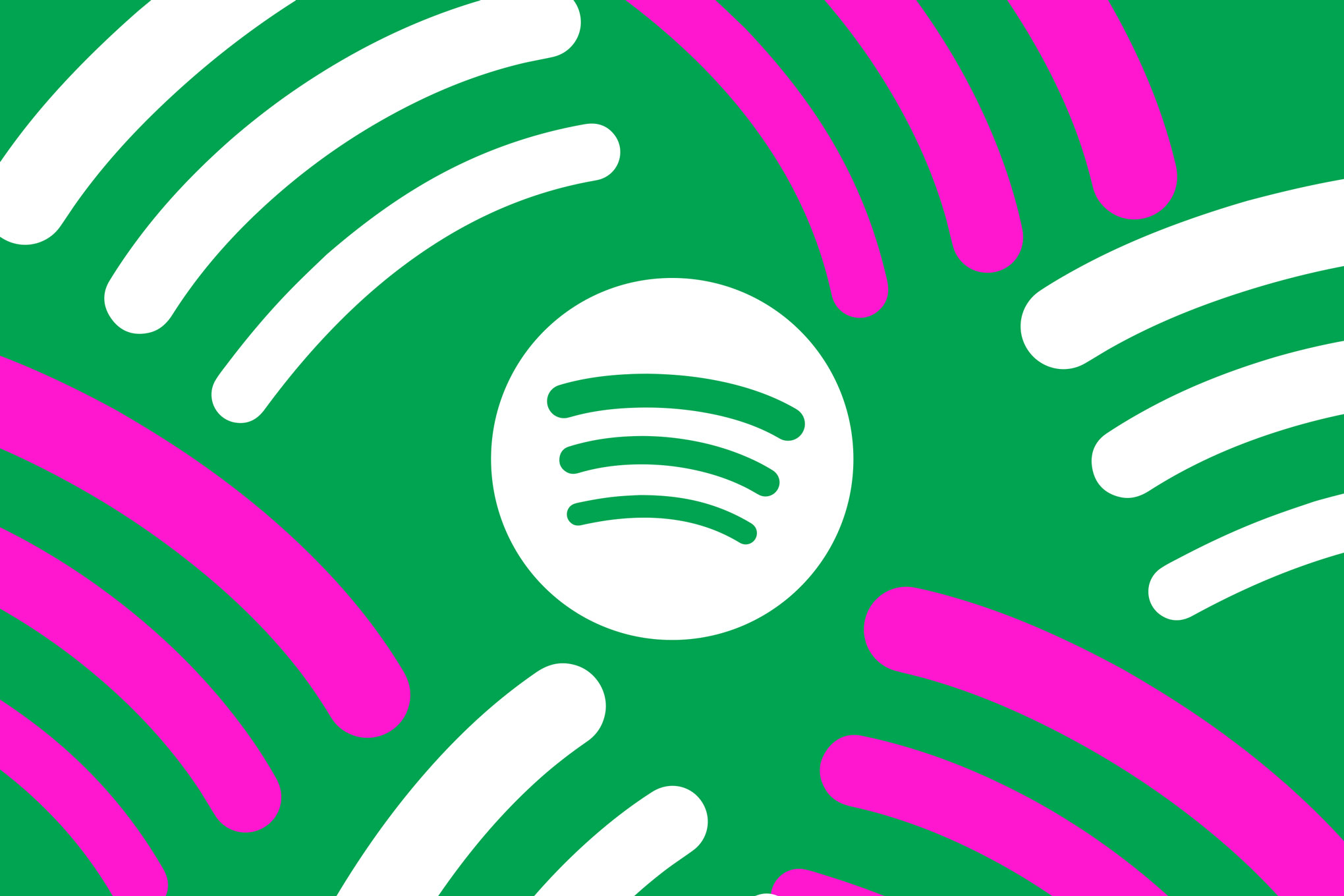After years of anticipation and several missed deadlines, Spotify has finally launched lossless audio streaming for its Premium subscribers. The announcement, made after years of rumors and promises, ends a saga that began as early as 2017. Initially promised for late 2021, then pushed to 2024, the feature’s arrival has been met with a mixture of relief and skepticism from long-suffering users. However, unlike many expected, Spotify isn’t introducing a new, expensive tier for this upgraded audio quality. Instead, lossless audio is being rolled out to existing Premium subscribers across 50 markets, signaling a significant investment in audio quality without additional cost.
The Long and Winding Road to Lossless Audio
Spotify’s journey to lossless audio has been a protracted affair. Early rumors hinted at the possibility of a high-fidelity option, but concrete announcements remained elusive. The company’s inconsistent messaging, coupled with the introduction of features like direct messaging that were less in-demand, fueled speculation and even cynicism among users. The repeated delays led many to believe that Spotify’s commitment to lossless audio was wavering. But in a surprising turn, the streaming giant has finally delivered on its promise, effectively silencing many of its critics.
Lossless Audio: A Premium Feature, Without the Premium Price Tag
One of the most surprising aspects of Spotify’s lossless rollout is its accessibility. Unlike other streaming services that have gated their high-fidelity options behind separate subscriptions, Spotify has made lossless audio available to all its Premium subscribers. This decision is a bold move that could significantly impact its competitive position in the market. It shows Spotify’s recognition of the growing demand for superior audio quality amongst its loyal user base.
Technical Specifications and Device Compatibility
Spotify’s lossless audio uses the FLAC (Free Lossless Audio Codec) format, with a maximum resolution of 24-bit/44.1 kHz. While this falls short of the HiRes audio offered by competitors such as Apple Music and Tidal (which support up to 24-bit/192 kHz), it still represents a significant upgrade over the compressed audio previously offered. At launch, compatibility is confirmed for various devices from Sony, Bose, Samsung, and Sennheiser, with Sonos and Amazon support expected in the near future. Users will receive in-app notifications as lossless audio becomes available and can easily enable it through their settings.
The Catch: A Potential Upgrade Path?
While Spotify’s decision to offer lossless audio to all Premium subscribers is commendable, the comparatively lower resolution of its offering compared to rivals might hint at future developments. The limitation to 24-bit/44.1 kHz leaves the door open for Spotify to eventually introduce a higher-tier subscription with even higher-resolution audio, allowing for a “deluxe” option for true audiophiles. This would be an unexpected but possibly lucrative addition to their existing Premium plan.
Conclusion: A Victory for Consumers, A Strategic Move for Spotify
Spotify’s launch of lossless audio represents a significant win for music lovers. After years of waiting and unanswered questions, the company has finally delivered on a highly anticipated feature without demanding additional fees from its existing Premium subscribers. The strategic decision to make lossless audio widely available, while leaving room for potential future enhancements, positions Spotify competitively while demonstrating a responsiveness to user demand. The long wait is over, and Spotify’s lossless audio is finally here, marking a positive step in the evolution of music streaming.

